14 Kitchen Trends That Are Quietly Going Out of Style
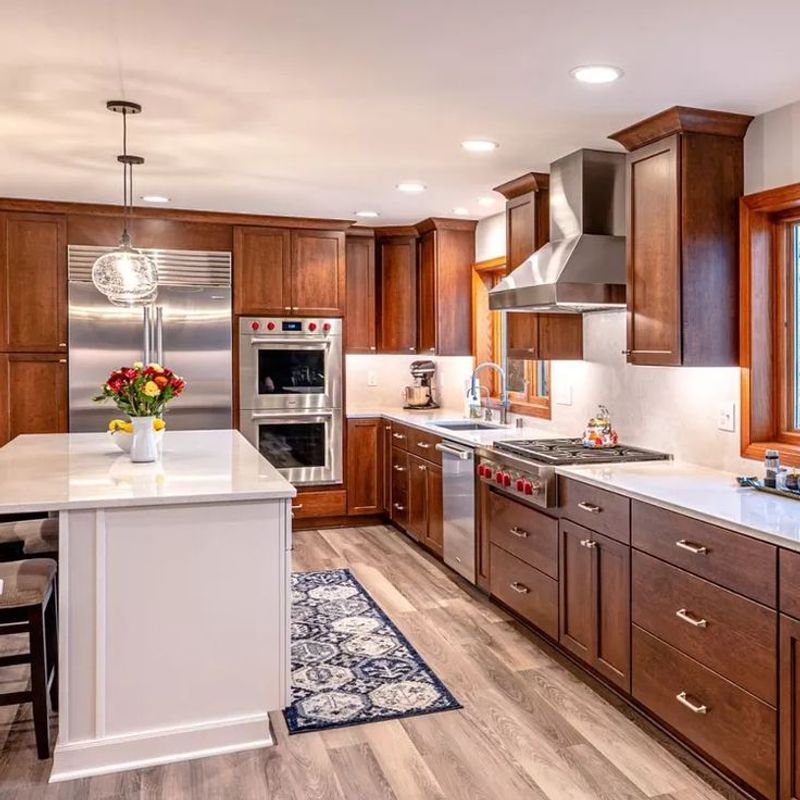
Kitchen styles are always evolving, just like fashion. What seemed cutting-edge a few years ago might now make your kitchen look dated. Homeowners are shifting away from certain design choices that once dominated Instagram and home renovation shows. Understanding these changing trends can help you make smarter choices when updating your kitchen, saving you from investing in features that won’t stand the test of time.
1. Open-Plan Kitchens Losing Their Appeal
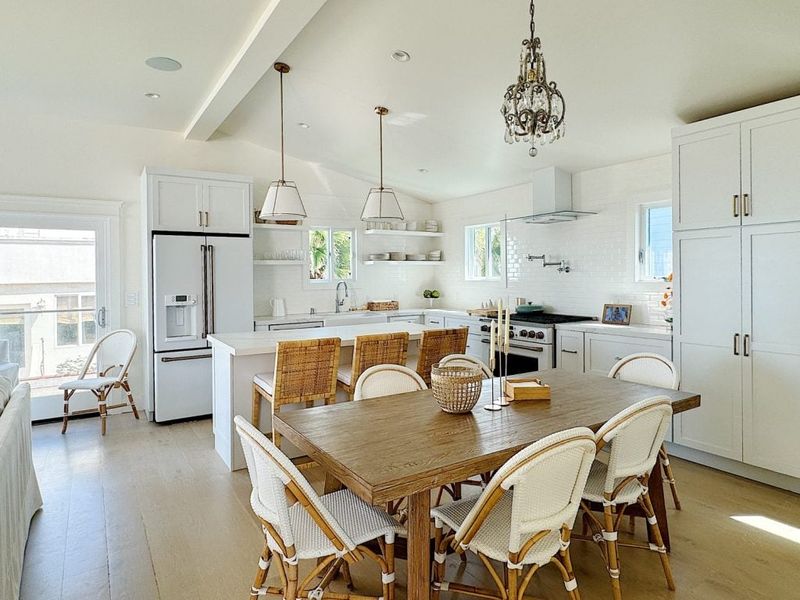
Remember when knocking down walls to create one massive kitchen-living space was the ultimate dream? That trend is fading fast. Families have discovered the downside of having cooking smells wafting throughout the entire house and dirty dishes visible from every angle.
The pandemic changed our perspective too. With more people working from home, separate spaces became valuable again. Many homeowners now prefer partial walls, clever room dividers, or pocket doors that offer flexibility.
Designers are creating “broken plan” layouts instead – connected spaces that maintain visual separation and better noise control while still allowing for family interaction.
2. Ultra-Polished, Staged Kitchen Displays
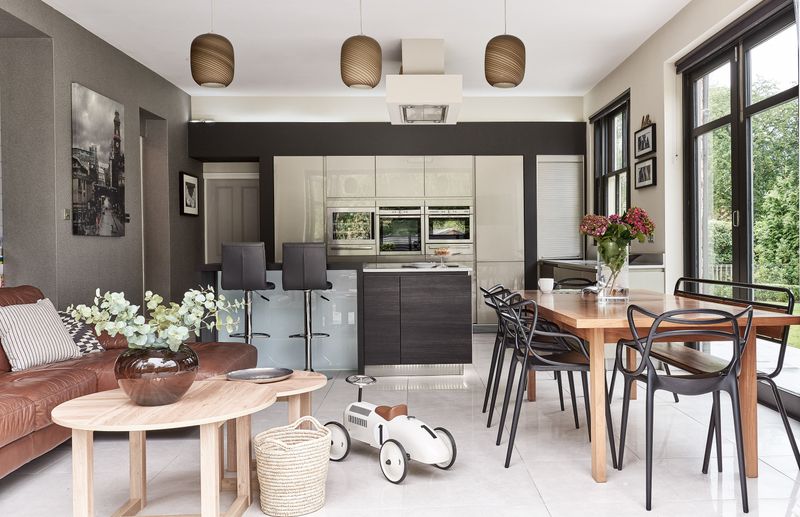
Those picture-perfect, magazine-worthy kitchens with not a spoon out of place are falling from grace. Real families have discovered these showroom-style kitchens aren’t practical for everyday living – they’re impossible to maintain and feel uncomfortably sterile.
Today’s trend embraces the “lived-in” look with functional items proudly displayed. Quality cookware hanging on walls, wooden cutting boards leaning against backsplashes, and actual cooking ingredients in beautiful containers create warmth.
Designers now focus on creating spaces that feel personal and used rather than untouchable museum exhibits. The most stylish kitchens show signs of life and cooking activity.
3. Handleless Cabinet Doors Falling Flat
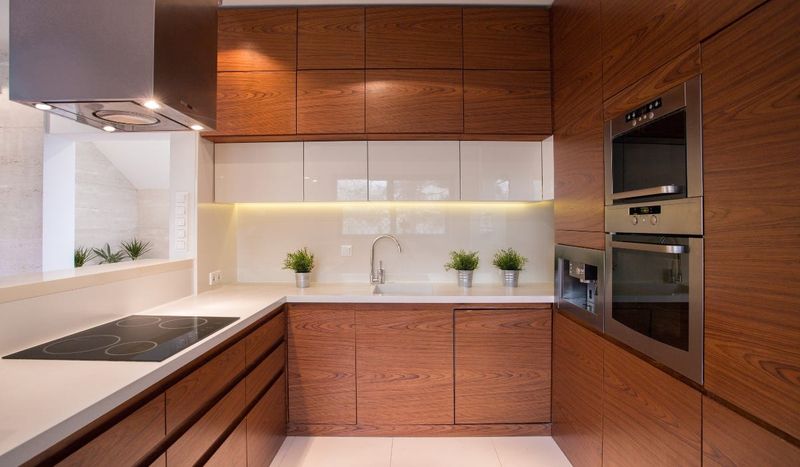
The sleek, minimalist look of handleless cabinets once represented the height of modern kitchen design. Their clean lines and streamlined appearance promised a futuristic cooking space. Unfortunately, reality didn’t match the aesthetic.
Homeowners quickly discovered the frustration of trying to open cabinets with wet or greasy hands. Those perfect cabinet fronts became smudged with fingerprints that required constant cleaning. The push-latch mechanisms often failed after repeated use.
Kitchen designers are returning to practical hardware solutions – slim handles, edge pulls, or even statement knobs that add character while remaining functional. The new approach balances clean aesthetics with real-world usability.
4. Matte Black Hardware Fading to Background
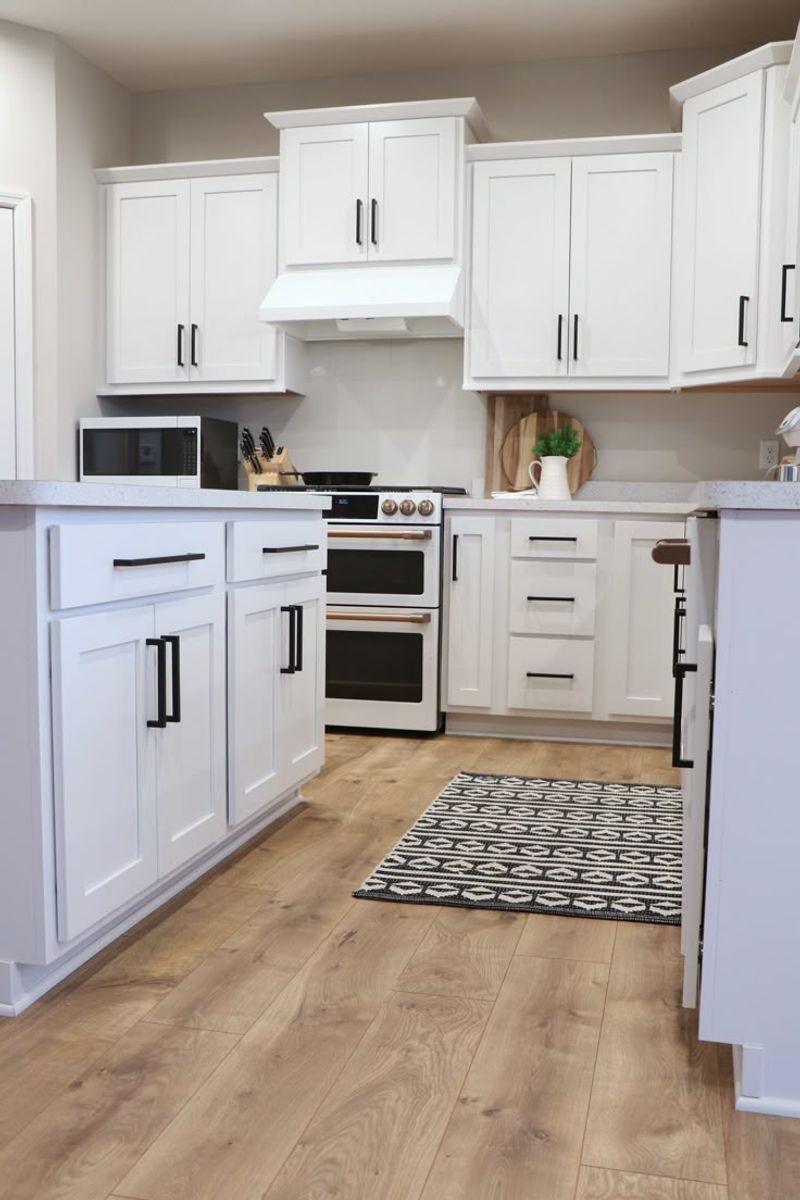
Matte black drawer pulls, faucets, and light fixtures exploded in popularity a few years back. They seemed like the perfect complement to any kitchen style – modern, farmhouse, or industrial. Now they’re becoming the equivalent of those brass fixtures from the 1980s.
The problem? They’re everywhere. What once felt distinctive now feels predictable and mass-produced. Additionally, water spots and fingerprints show up dramatically on matte black surfaces, making maintenance a constant chore.
Forward-thinking designers are embracing mixed metals and warmer finishes instead. Unlacquered brass, copper, and bronze that develop a natural patina over time add character that mass-produced matte black simply can’t match.
5. All-White Kitchens Losing Their Sparkle
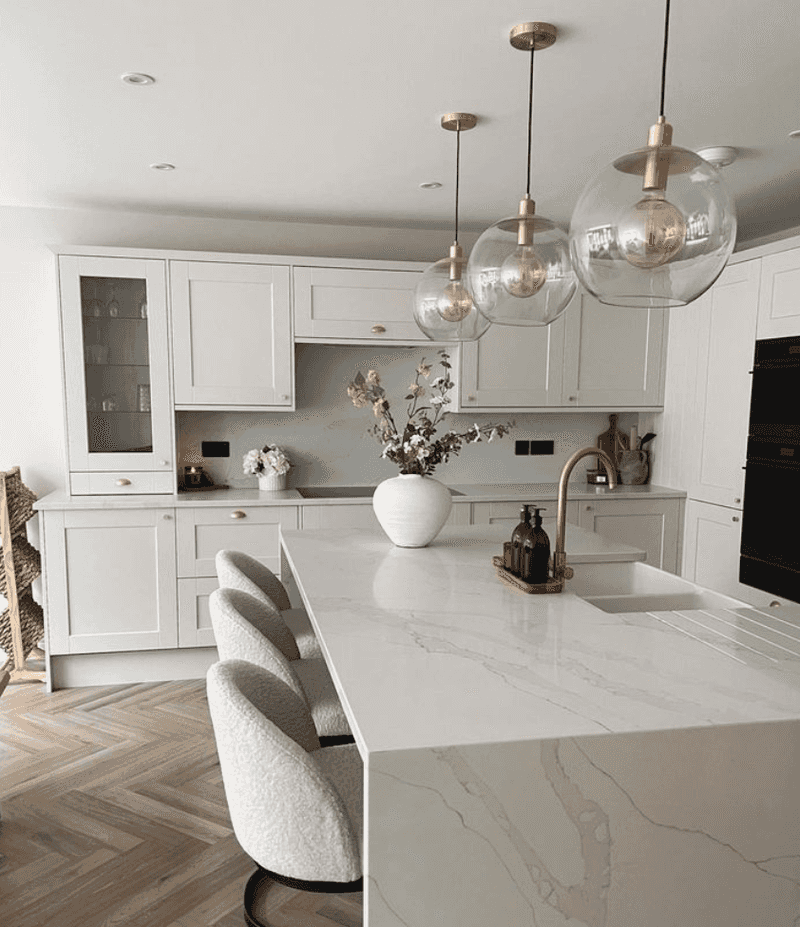
The crisp, clean look of all-white kitchens dominated design for nearly a decade. White cabinets, white subway tile, white quartz countertops – the formula promised a bright, timeless space. Reality has proven less appealing for many homeowners.
Living with stark white surfaces means constant cleaning. Every crumb, coffee splash, and fingerprint stands out dramatically. The clinical feeling can also make the heart of the home feel cold and unwelcoming.
Today’s trend incorporates warmth through natural wood elements, colored islands, or two-tone cabinetry. Quartz remains popular but in warmer tones with visible veining rather than solid white. The shift creates spaces that hide everyday messes while feeling more inviting.
6. Matching Everything Is No Longer Matching
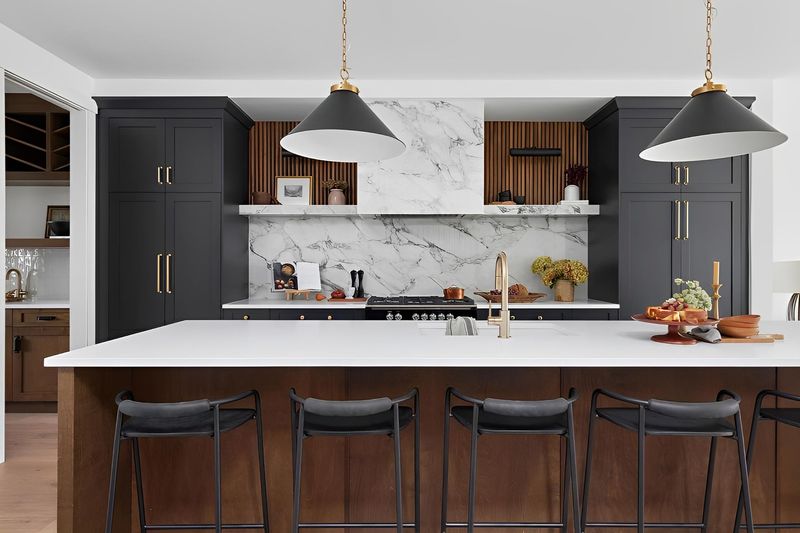
The era of perfectly coordinated kitchens with identical cabinet finishes and matching appliances is ending. This matchy-matchy approach often created spaces that felt like they came straight from a catalog – lacking personality and warmth.
Today’s most stylish kitchens embrace thoughtful contrast. Lower cabinets in a different color than uppers, a statement range hood in an unexpected material, or appliances that stand out rather than disappear all add visual interest.
Designers now view kitchens as curated spaces that evolve over time rather than being purchased as a single matched set. This shift allows for more personalization and the incorporation of unique elements that tell your story.
7. Dark Gray Everything Looking Gloomy

The all-gray kitchen trend that replaced all-white is already showing signs of dating. Dark gray cabinets, gray flooring, gray countertops, and gray backsplashes created a moody look that initially felt sophisticated but quickly became depressing.
Homeowners discovered these monochromatic gray spaces often felt cave-like, especially in kitchens with limited natural light. The industrial feel that once seemed edgy now often reads as cold and uninviting.
Current design favors warmer neutrals like taupe, greige, and soft earth tones that create coziness without darkness. Pops of color through accessories or a painted island bring energy that all-gray spaces lack, making kitchens feel vibrant rather than somber.
8. Orange-Toned Wood Looking Outdated
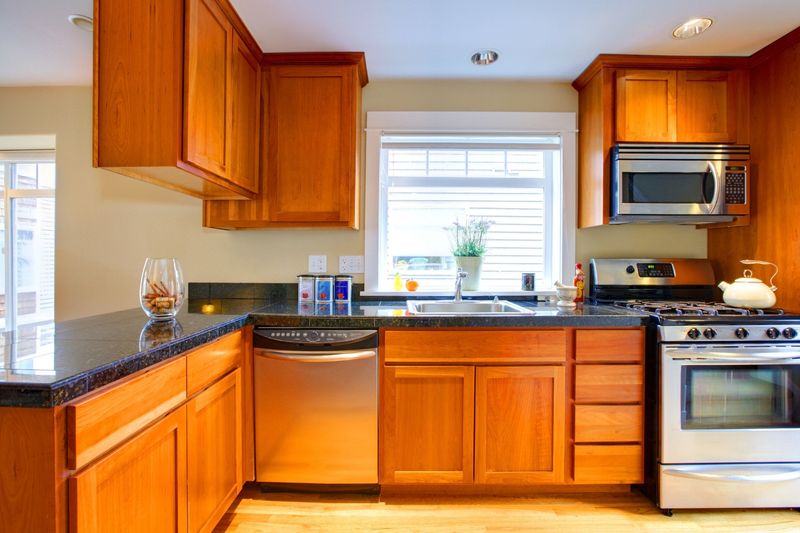
Those honey oak or cherry wood kitchens with strong orange undertones are quickly becoming the avocado green appliances of our era. The warm red and orange stains popular in the 1990s and early 2000s now make kitchens look instantly dated.
The golden-orange glow these woods cast throughout the space clashes with most modern color schemes. Even worse, they’re difficult to coordinate with without creating a Halloween-themed kitchen unintentionally.
Modern wood finishes lean toward either natural, unstained looks that showcase the wood’s grain or cooler-toned treatments like ash, walnut, or white oak. These options provide warmth without the dated orange cast that immediately reveals a kitchen’s age.
9. Granite Countertops Losing Their Edge
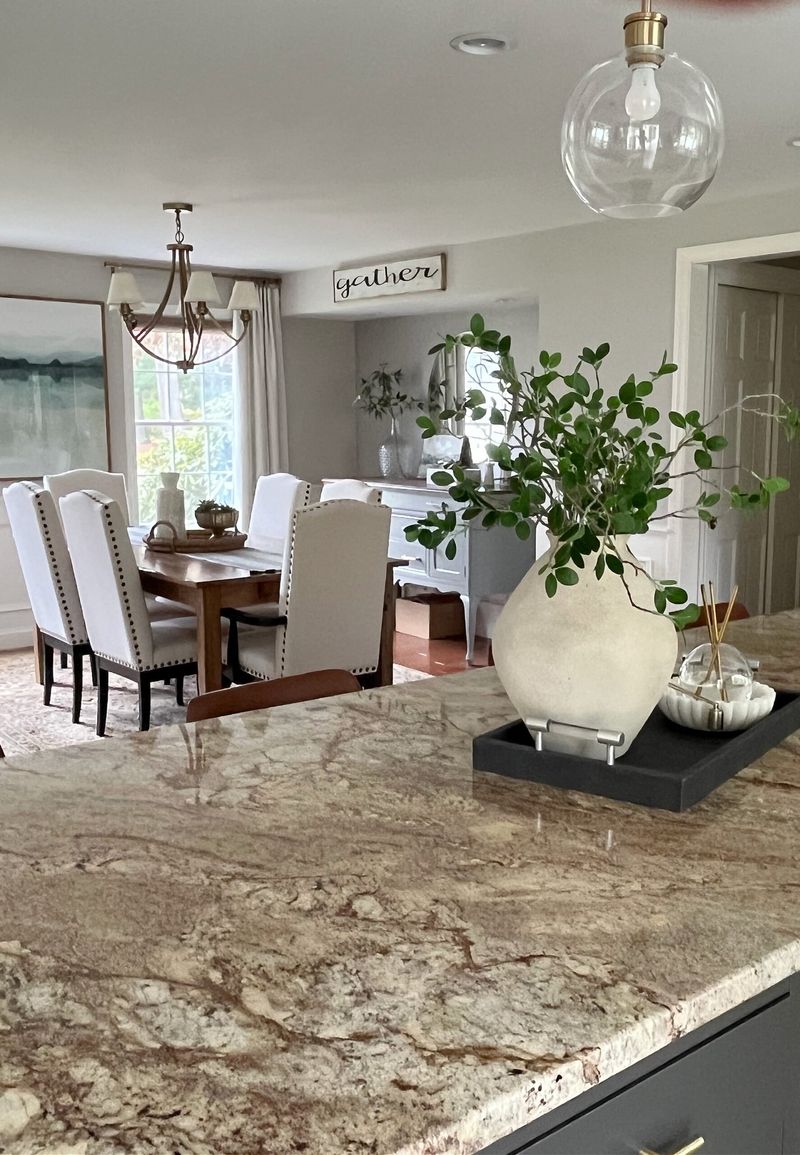
Dark, speckled granite countertops were once the hallmark of a luxury kitchen renovation. Those busy patterns with black, brown, and burgundy flecks are now making kitchens look like time capsules from the early 2000s.
Beyond aesthetics, granite requires more maintenance than newer materials – regular sealing to prevent staining and special cleaners to maintain its shine. The busy patterns also make it difficult to spot crumbs or spills, ironically making cleaning more challenging.
Homeowners now prefer quartz with subtle veining that mimics natural stone or solid-surface materials with minimal pattern. These options offer better durability, easier maintenance, and a cleaner look that doesn’t visually compete with other kitchen elements.
10. Oversized Islands and Bulky Range Hoods
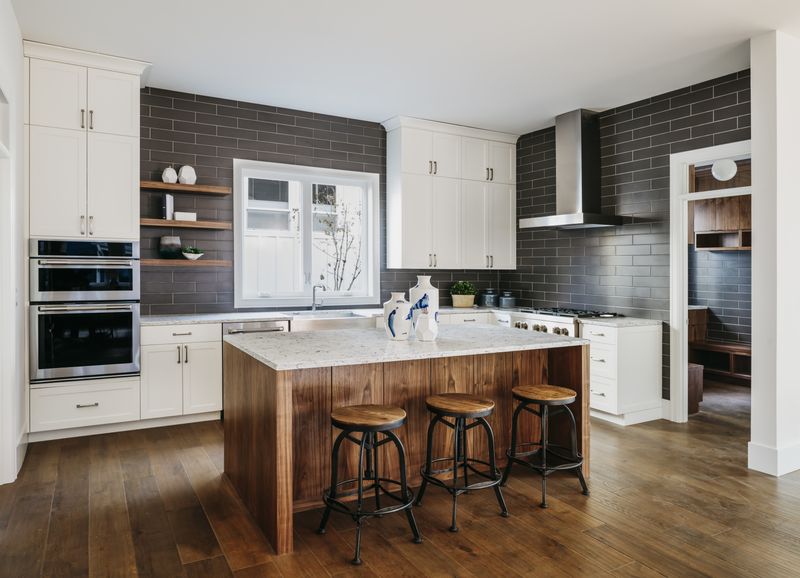
The “bigger is better” approach to kitchen islands and massive, ornate range hoods is fading fast. Those enormous islands that could seat a small village and statement hoods that dominated the visual space are being scaled back to more reasonable proportions.
Homeowners discovered these oversized elements often made kitchens feel cramped despite their open layouts. The massive proportions frequently didn’t match the actual cooking habits of the family.
Current design favors properly scaled islands that allow comfortable movement around the kitchen and streamlined ventilation solutions that perform effectively without dominating the space. The focus has shifted to quality over sheer size, with better functionality in appropriately scaled elements.
11. Overloaded Kitchen Islands Losing Function
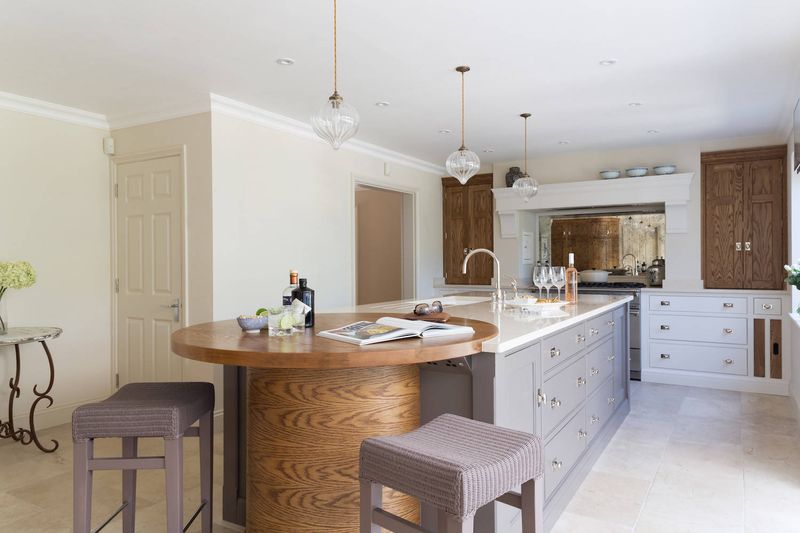
The kitchen island that tries to do everything at once – housing the sink, cooktop, dishwasher, seating area, and storage – is falling out of favor. These Swiss Army knife islands often ended up functioning poorly in all capacities rather than excelling at any single purpose.
Cooking while guests are seated at the island means splattering them with sauce. Cleaning up dishes while someone tries to work at the island creates awkward interactions. The all-in-one approach created more problems than it solved.
Today’s trend favors purpose-built islands with more focused functionality – either a clean prep space, dedicated dining area, or smart storage solution. This specialization creates better workflow and more enjoyable kitchen experiences for everyone.
12. Open Shelving Collecting More Than Compliments
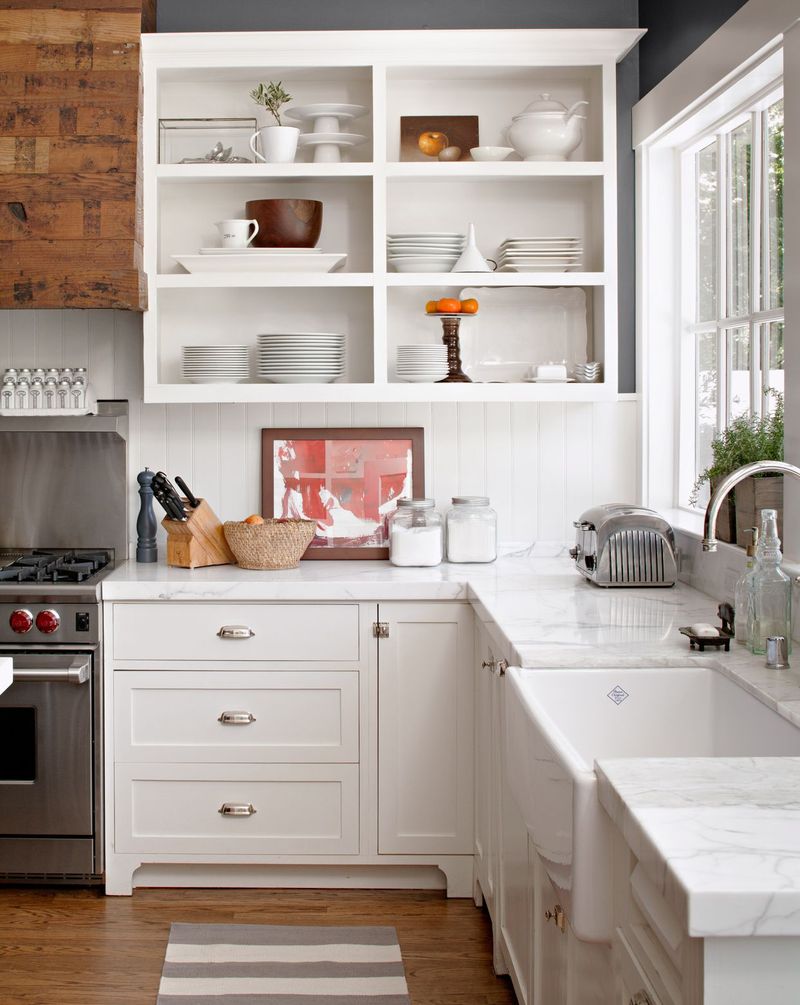
Those Instagram-worthy open shelves displaying perfectly arranged dishes and glassware are disappearing faster than freshly baked cookies. While they photographed beautifully, living with them proved challenging for most homeowners.
The reality? Dust collection, grease buildup from cooking, and the pressure to maintain picture-perfect styling at all times. Many people discovered they simply didn’t have enough photogenic items to display, leading to awkward arrangements or cluttered shelves.
Designers are now incorporating glass-front cabinets or partial open shelving in less cooking-intensive areas instead. These alternatives provide the airy feel without the maintenance headaches, allowing for some display while keeping most items practically stored behind closed doors.
13. Subway Tile Backsplashes Reaching End of Line
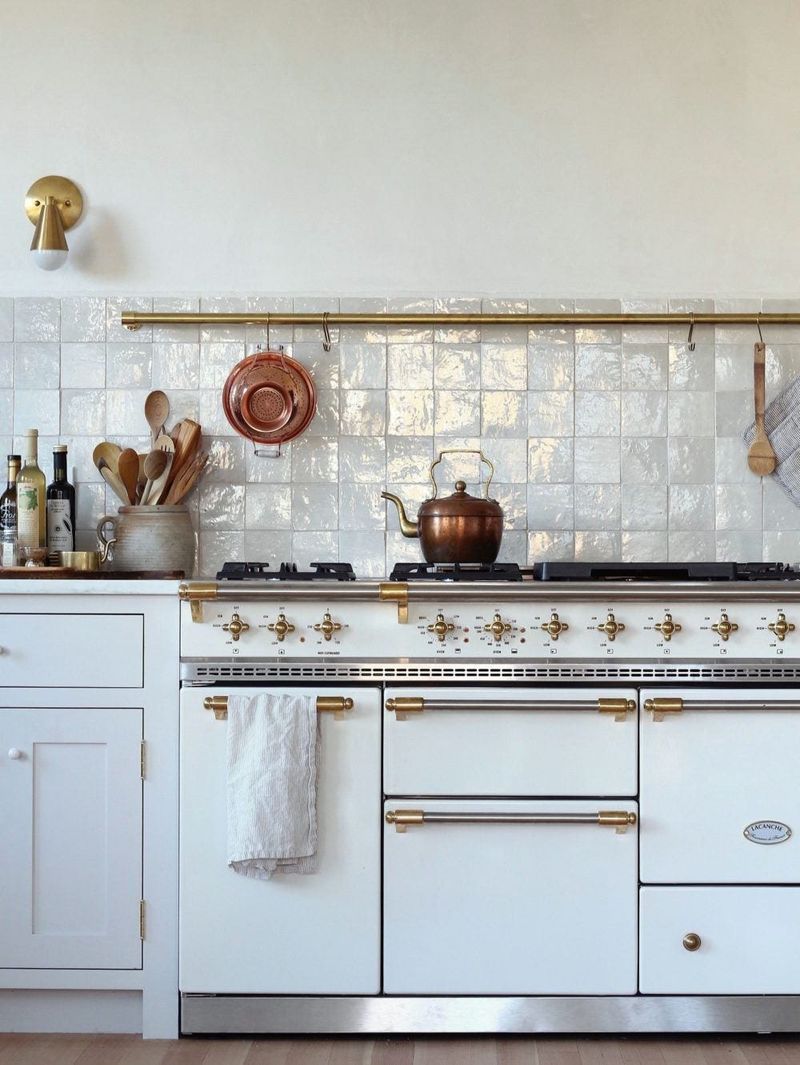
The simple white subway tile backsplash has been the default choice for so long that it’s now becoming the beige carpet of kitchen design. While initially popular for its clean, timeless look, its ubiquity has made it feel like the safe, uninspired choice.
Standard 3×6 subway tiles with contrasting grout now immediately date a kitchen renovation to the 2010s. The look has become so expected that it no longer adds any personality or interest to the space.
Forward-thinking designers are exploring handmade ceramic tiles with slight variations, larger format tiles that reduce grout lines, or tiles in more interesting shapes like picket, hexagon, or zellige. These alternatives maintain simplicity while adding subtle texture and character.
14. Colorful Faucets and Mismatched Finishes Fading
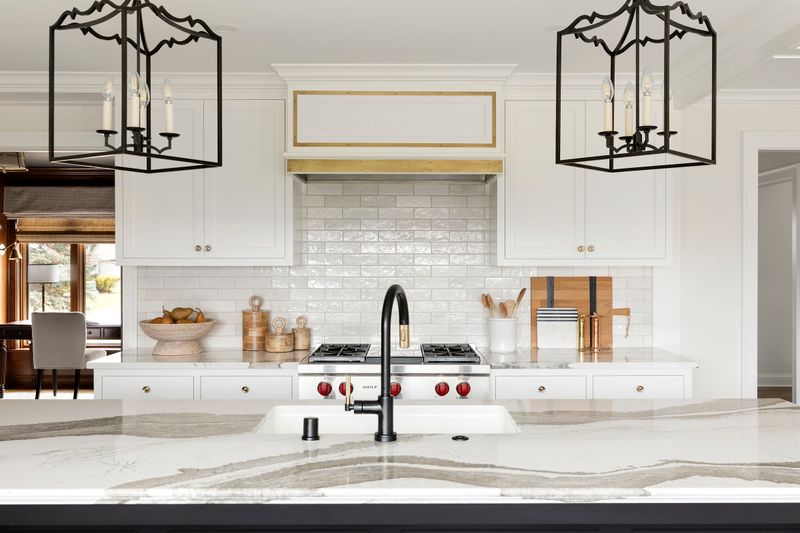
The trend of statement faucets in bright colors or mixing multiple metal finishes throughout the kitchen is quickly losing steam. What seemed playful and eclectic a few years ago now often reads as chaotic and poorly planned.
Homeowners discovered that bold colored faucets quickly felt dated as color trends shifted. The mismatched metals approach frequently looked haphazard rather than intentionally designed, especially in smaller kitchens where the eye catches all elements at once.
Current design favors a more curated approach to mixing metals – perhaps two complementary finishes used consistently throughout the space. Faucets are returning to timeless finishes that coordinate with hardware rather than standing alone as fashion statements that will need replacing when trends inevitably change.

Comments
Loading…